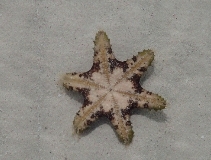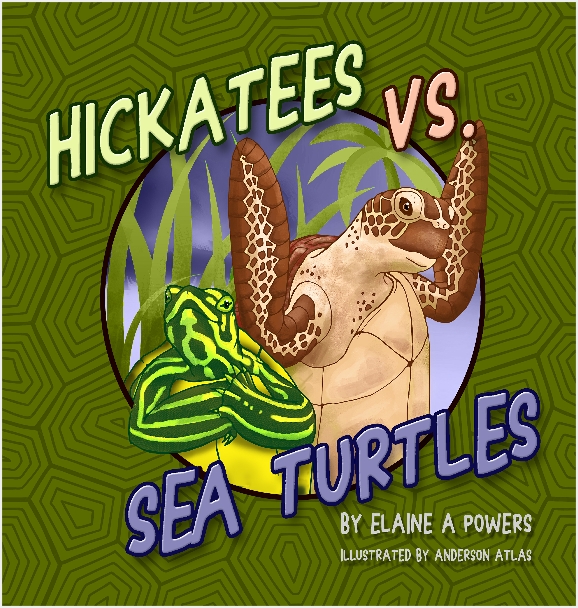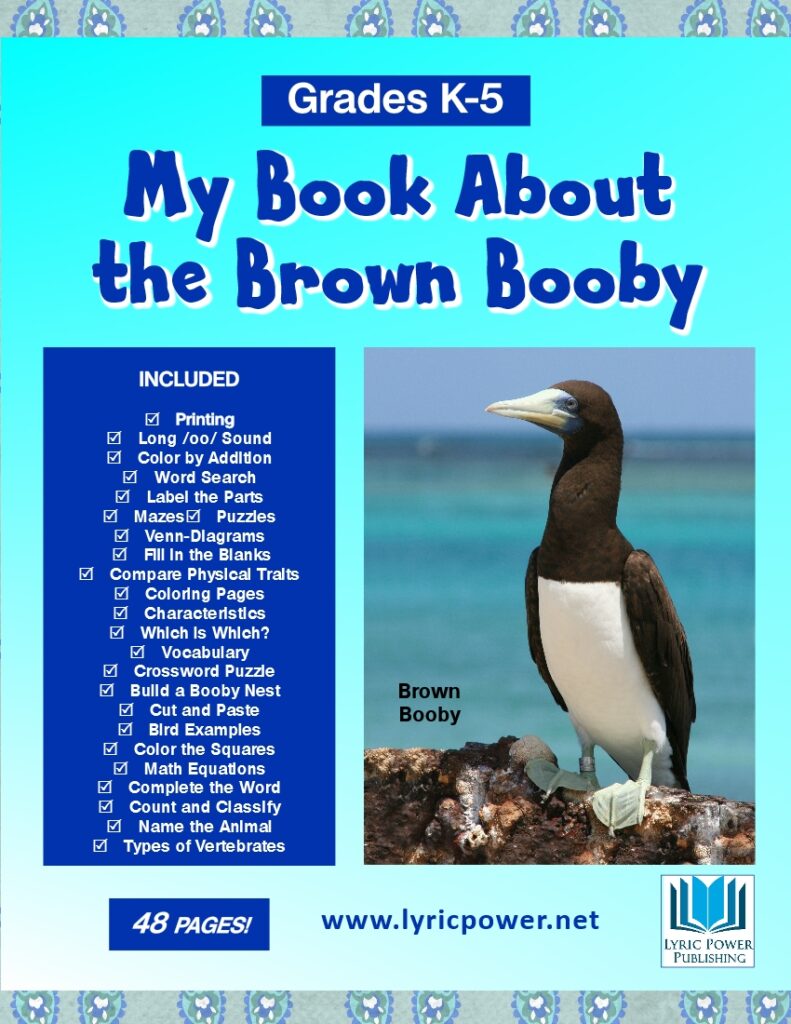I started out my biology career wanting to be a marine biologist. Even though I ended up as a laboratory researcher, I’m always looking for interesting creatures when I visit the ocean. I never know who I’m going to write about in my next fun science book!
One group of animals I always enjoy seeing are starfish. They come in different shapes and colors. Starfish are echinoderms, a diverse family of marine invertebrates. They are found in all oceans and none of them can live in freshwater. Of course, starfish are not fish; the name comes from their star-like shape. Starfish usually have five arms but some have up to 40 arms!

One thing all starfish have in common is their radial symmetry. Their body can be divided into five equal parts. Amazing. Don’t worry that they’ll become asymmetrical if a predator bites off an arm–starfish have the ability to regenerate their arms.
Starfish themselves are carnivores. Their mouths are located on the underside of their bodies (the anus is on the top side). Interestingly, a starfish has two stomachs, one of which can be pushed outside the body to allow it to swallow the large prey that can’t fit in its small mouth.
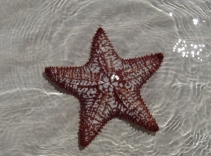
I like playing with the multitude of starfish feet–feeling the tube feet crawl on my hand. The feet are used for moving, of course, but also for catching prey. While the feet are moving the starfish, its bony skeleton with its spikes and thorns provides protection from above. Which is a good thing, because starfish have lots of predators.
These are some of the beautiful starfish I have encountered.
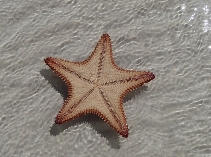
Someday, I might write a book about starfish. For now, I’ll just have to know they run into the sea turtles you’ll see pictured in the book below that I wrote about the Hickatee turtle. It teaches the physical traits and differences between the land-dwelling Hickatee and the ocean-dwelling sea turtles.
Or, learn all about another fellow ocean feeder, in this Lyric Power Publishing workbook full of activity sheets about the Brown Booby–the large seabirds who live on only one island in the world.
